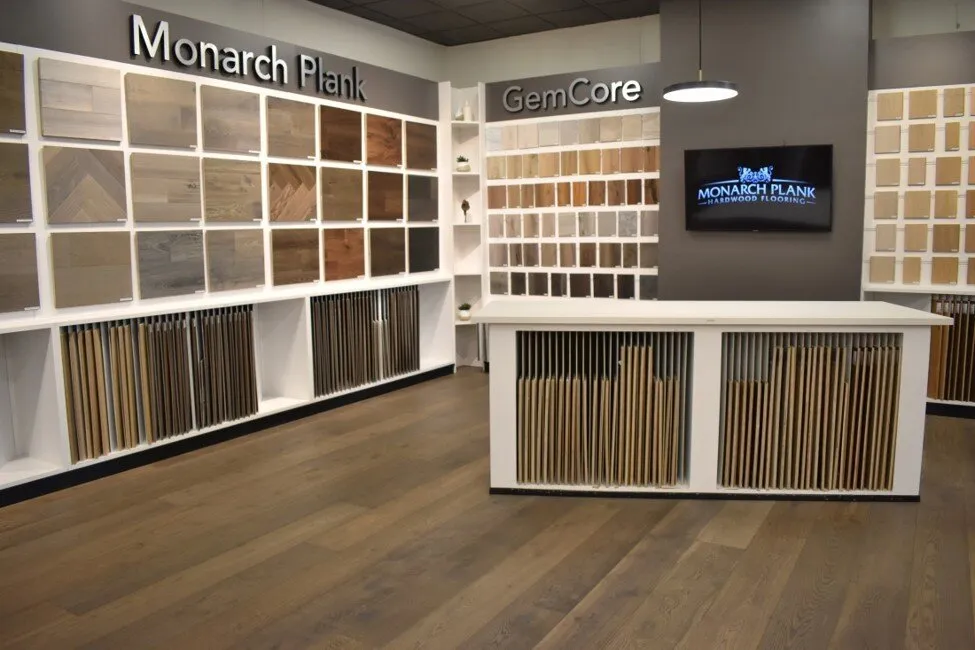Table of Contents
Outdoor living space has become one of the most sought after features for today’s homeowners and buyers. From basic lounge and cooking areas to extravagant entertaining spaces, the upward trend toward spending more family time outside presents a new opportunity for lumber dealers and cabinet manufacturers: outdoor storage solutions. And when it comes to fabricating good looking and weather-resistant cabinetry that’s suited for the outdoors, cypress is hard to beat.
“Cypress is an ideal wood to use for outdoor projects, especially outdoor kitchen cabinets, fireplace mantels, and built-ins for things like TVs,” says Zack Rickman, Atlanta Hardwood Corp., Mableton, Ga. “It’s a naturally durable product thanks to a preservative oil that’s produced in cypress heartwood, called cypressene, which makes the wood resistant to the elements and repels pests like termites and carpenter bees. And if the wood is properly sealed and maintained, cypress will provide a lifetime of dependable service.”
“When it comes to cabinetry, what is available for outdoor areas is just as high-quality as what you would find inside your home,” says Patrick Fulton, Jackson Cabinetry, Covington, La. “Cypress—especially antique or sinker cypress—is our species of choice. And when you’re working with the older wood, it’s very rich in cypress’ natural protective oil.”
Vick Vickery from What Wood You Like—a custom cabinet and furniture shop in Newnan, Ga.—agrees and says cypress is one of the best species of wood to use for outdoor projects. “There are several factors to consider for outdoor cabinetry: appearance, performance, workability, and price,” he says. “Cypress checks all the boxes. It’s a beautiful wood with an attractive grain pattern, it holds up well to the elements on its own and even better with a protective finish, and it mills well. It’s a comparable and competitively priced alternative to western red cedar, and cypress is denser and works better with glue for joinery. Not to mention, cypress is native to the U.S. and less expensive than imported woods like teak.”
Vickery says it’s also important to think about the climate conditions where you live. “We’re in the Southeast and deal with drastic changes in temperature and humidity from week-to-week,” he says. “When you’re working with a natural product like wood, expansion and contraction will happen with fluctuations in temperature and moisture. You need a high-quality wood like cypress that will adapt to these changes and still look good as the years go on.”
In addition, Vickery says selecting a suitable finish and maintenance schedules are top concerns of homeowners. “Before you even start a project, you want to think about using a wood that finishes well,” he adds. “Some woods are more of a challenge to stain, but in our experience, cypress is easy to finish. And like any wood, it will need to be re-stained every several years to protect the wood and maintain its appearance.
“For outdoor kitchen and grill area cabinets, we typically use an oil-based deck stain that a homeowner can easily get at a local paint or home improvement store. We like to keep it simple so they are not intimidated by mixing several different products together.”









